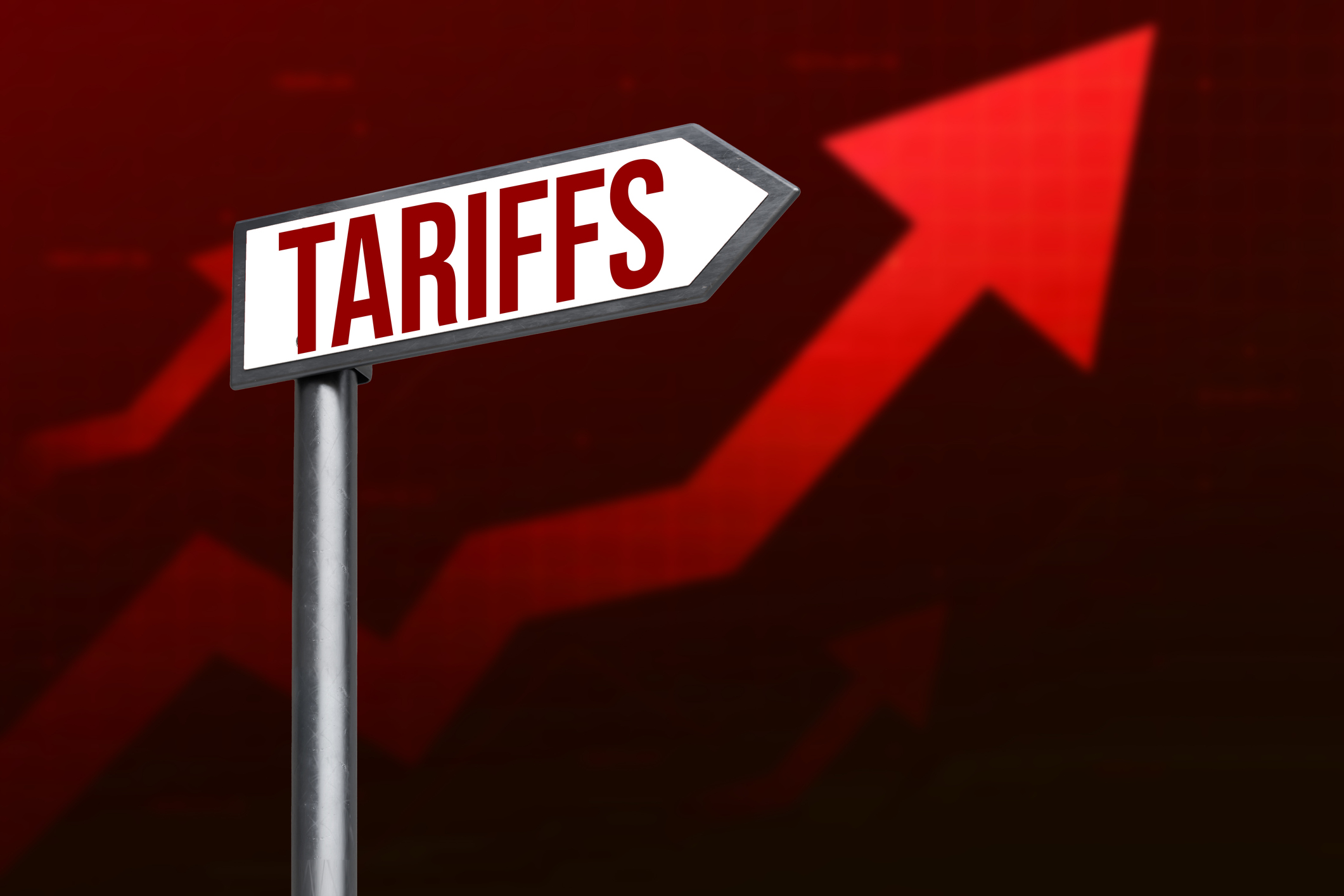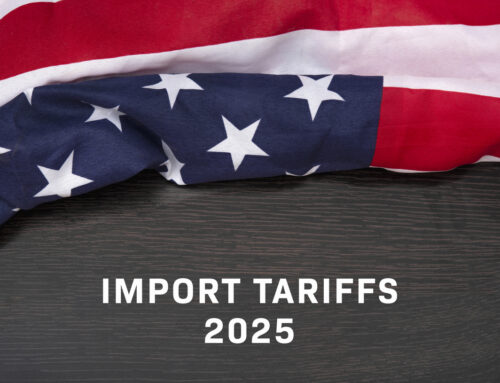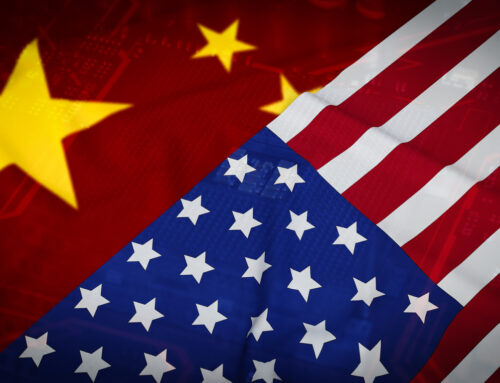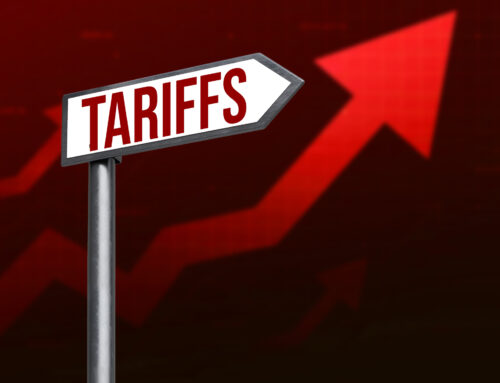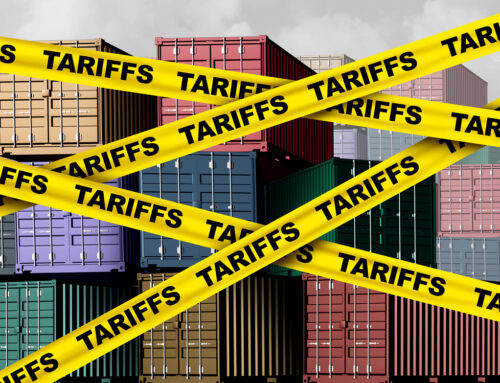On February 1, the U.S. initiated increased tariffs on goods from Canada, Mexico, and China, effective February 4th. These tariffs were enacted through Executive Orders, invoking the International Emergency Economic Powers Act (IEEPA) and referencing section 301 of the Trade Act of 1974.
Below is a summary and breakdown of the tariffs:
Tariff Rates:
◦ A 25% tariff applies to all products from Canada, with the exception of certain energy resources, which are subject to a 10% tariff.
◦ A 25% tariff applies to all products from Mexico.
◦ A 10% tariff applies to all products from China.
◦ A 25% tariff applies to all products from Mexico.
◦ A 10% tariff applies to all products from China.
• Additional duties: These tariffs are in addition to any other applicable duties, fees, and charges.
• Product Origin: The term “Products of” Canada, Mexico and China will be defined by the Department of Homeland Security in a separate Federal Register notice.
• Duty Drawback: No duty drawback will be allowed for the additional tariffs paid.
• De Minimis Shipments: Section 321/de minimis (less than $800) shipments are not allowed for products from Canada, Mexico, or China.
• Canadian Response: Canada has already announced retaliatory tariffs of 25% on $155 billion of U.S. goods, with $30 billion going into effect on February 4.
Additional clarification is needed to address whether the duty-free base rate for goods qualifying for Free Trade Agreement preference will be impacted. Clarification if chapter 98 goods are excluded from these additional tariffs. Lastly, clarification on whether or not the timing of effective date will take into consideration transit times for all modes of transportation.

